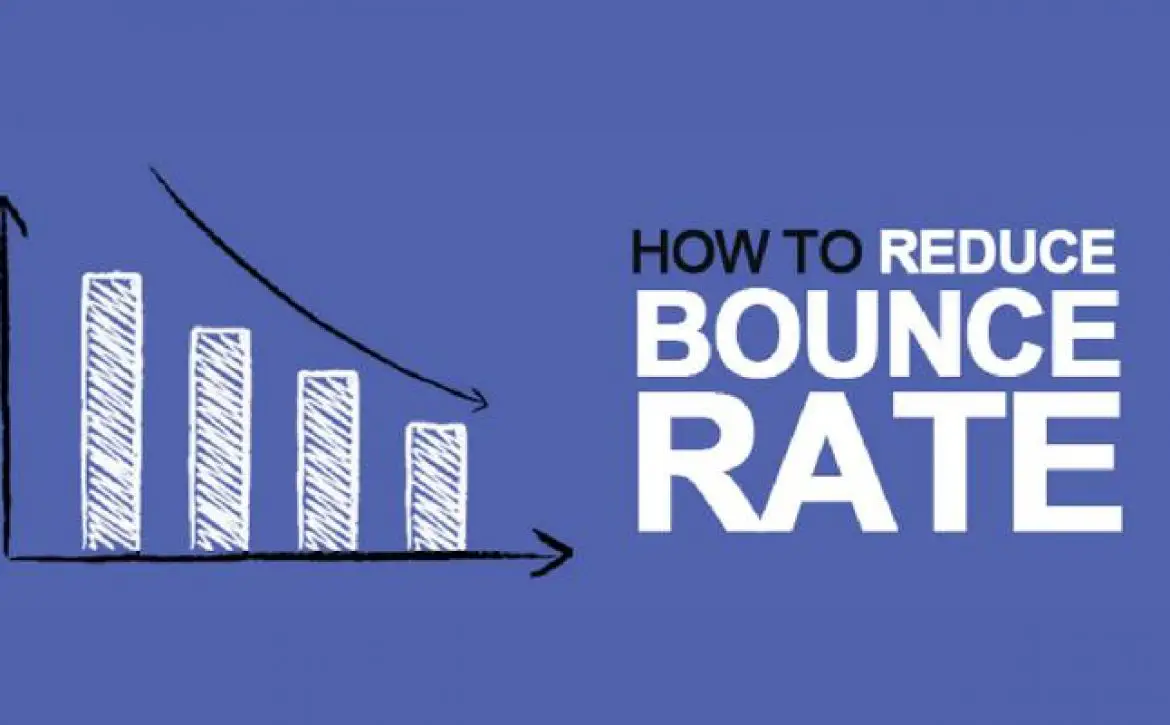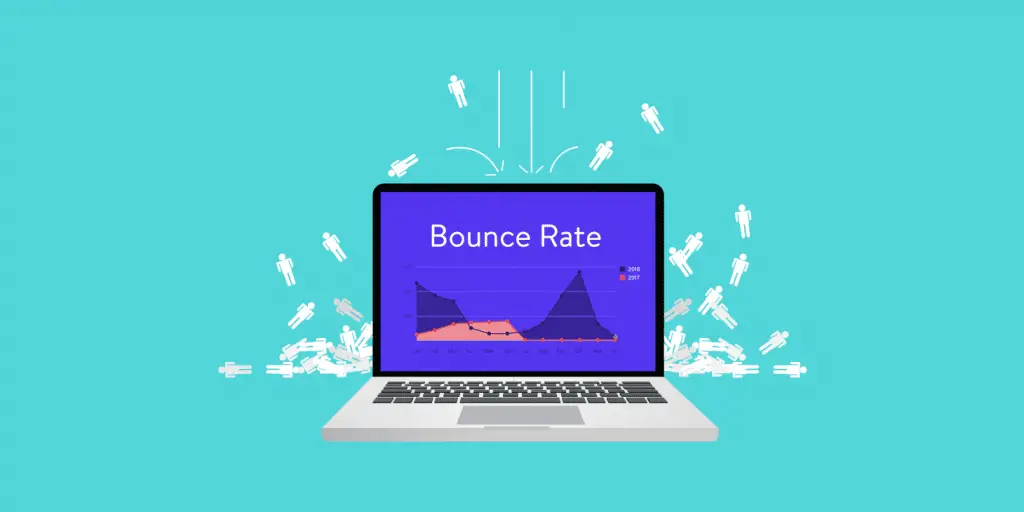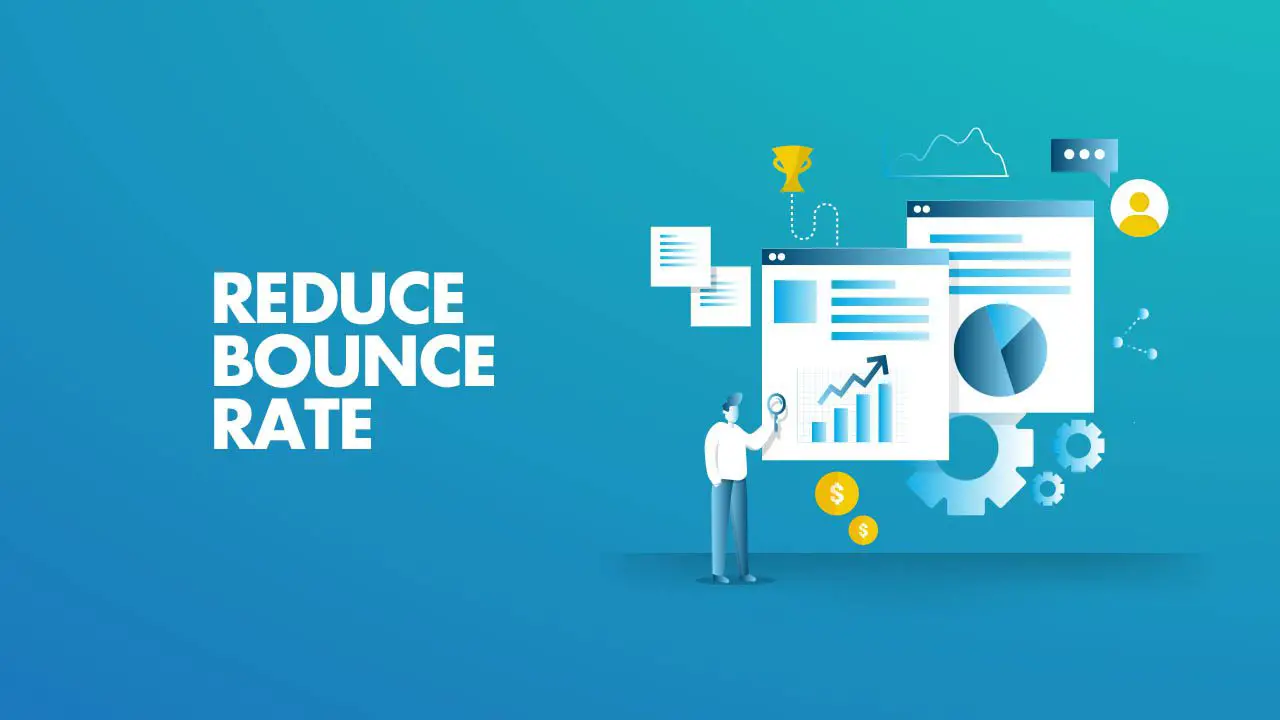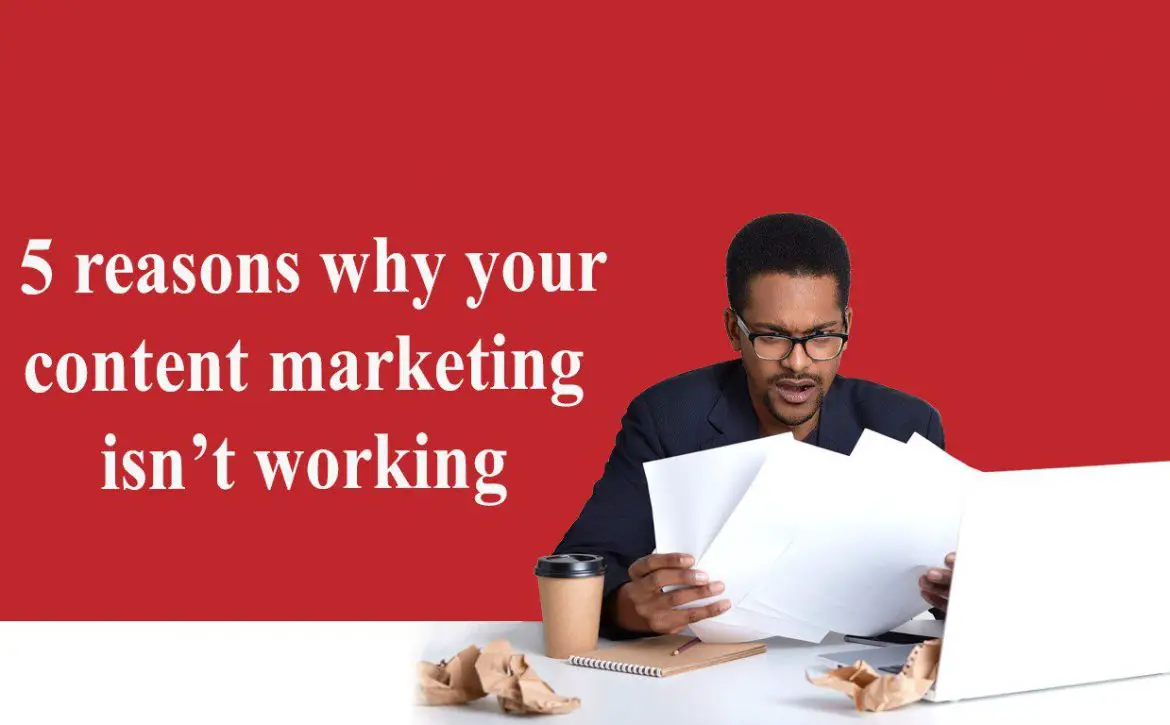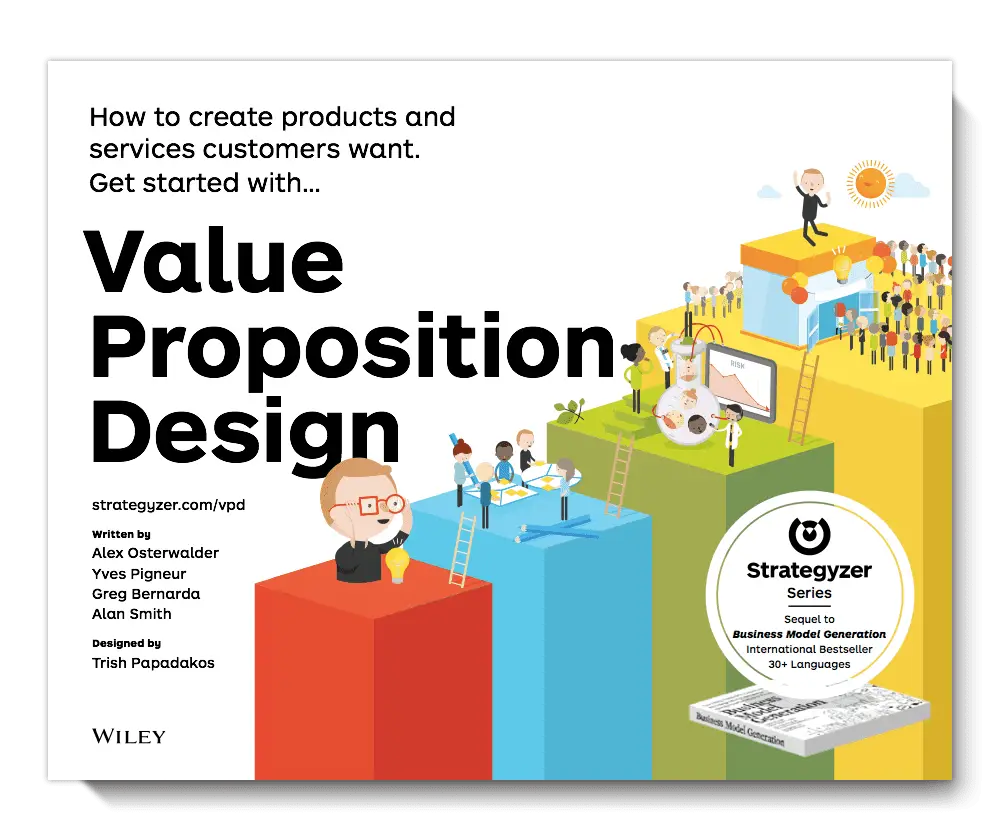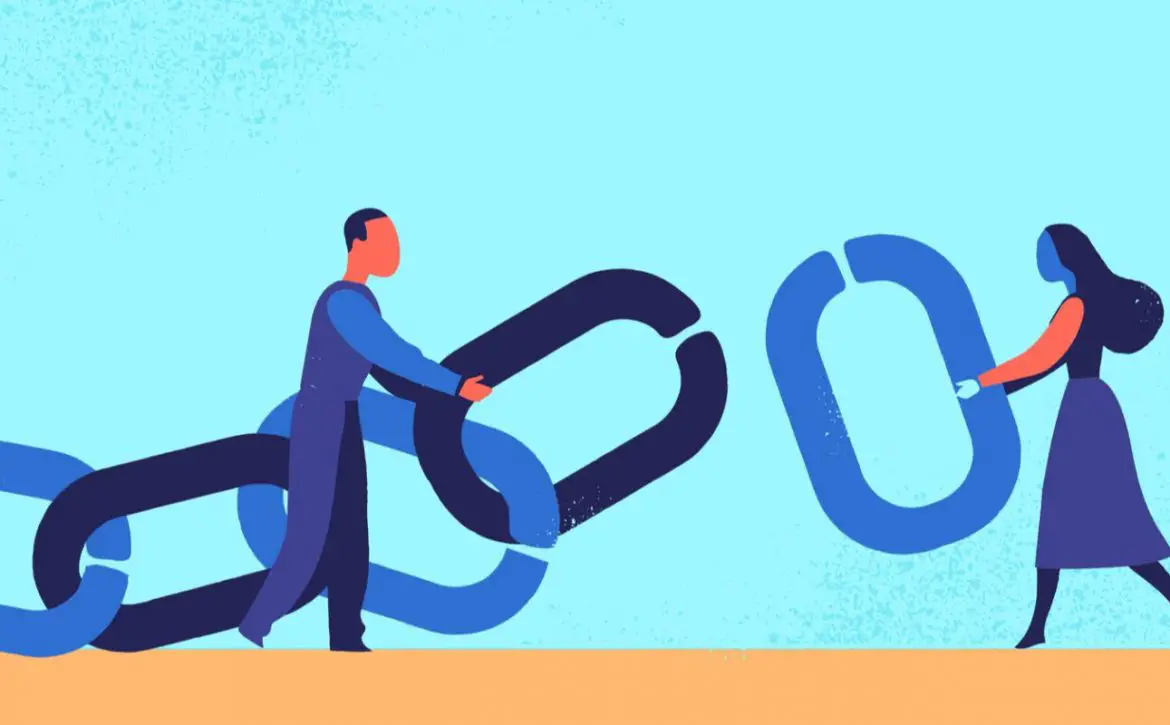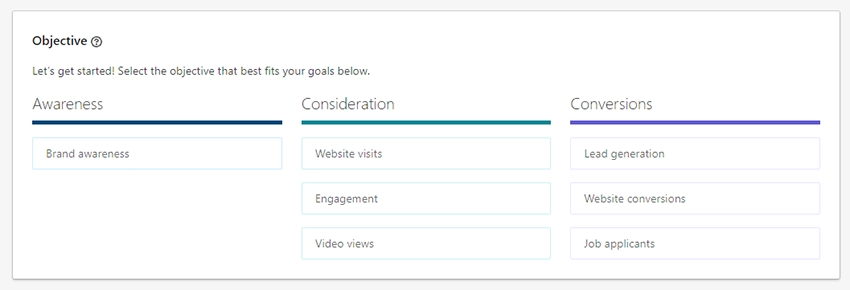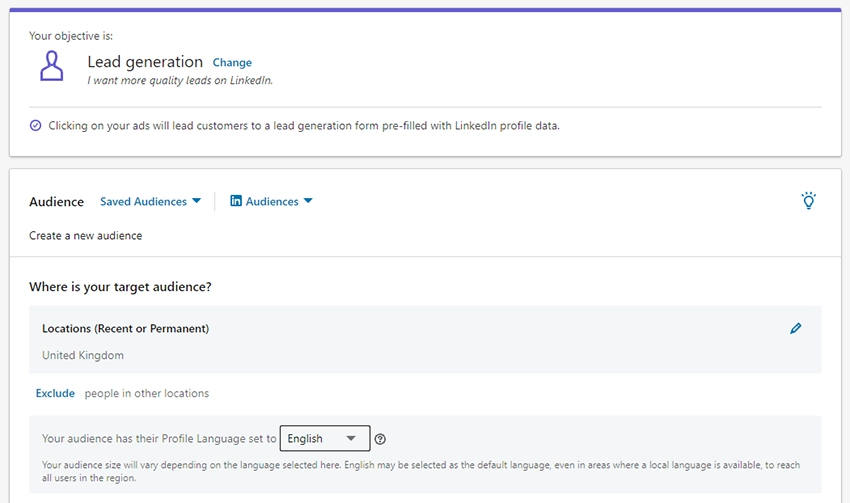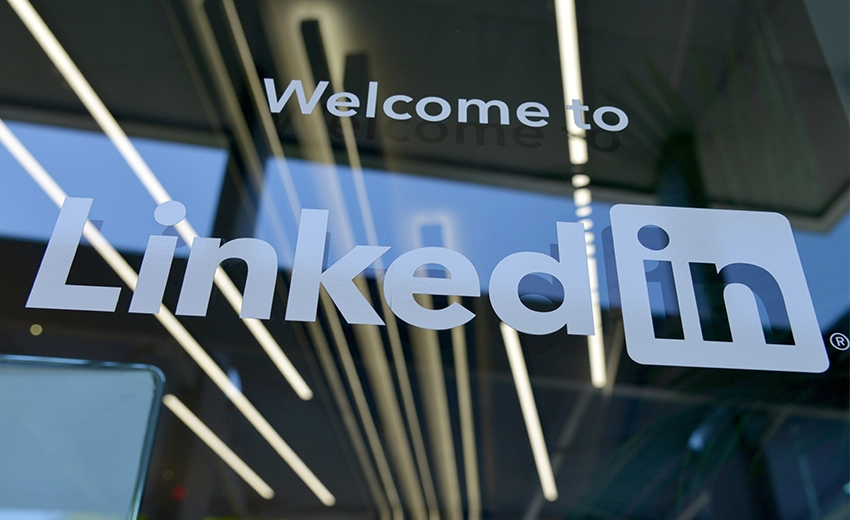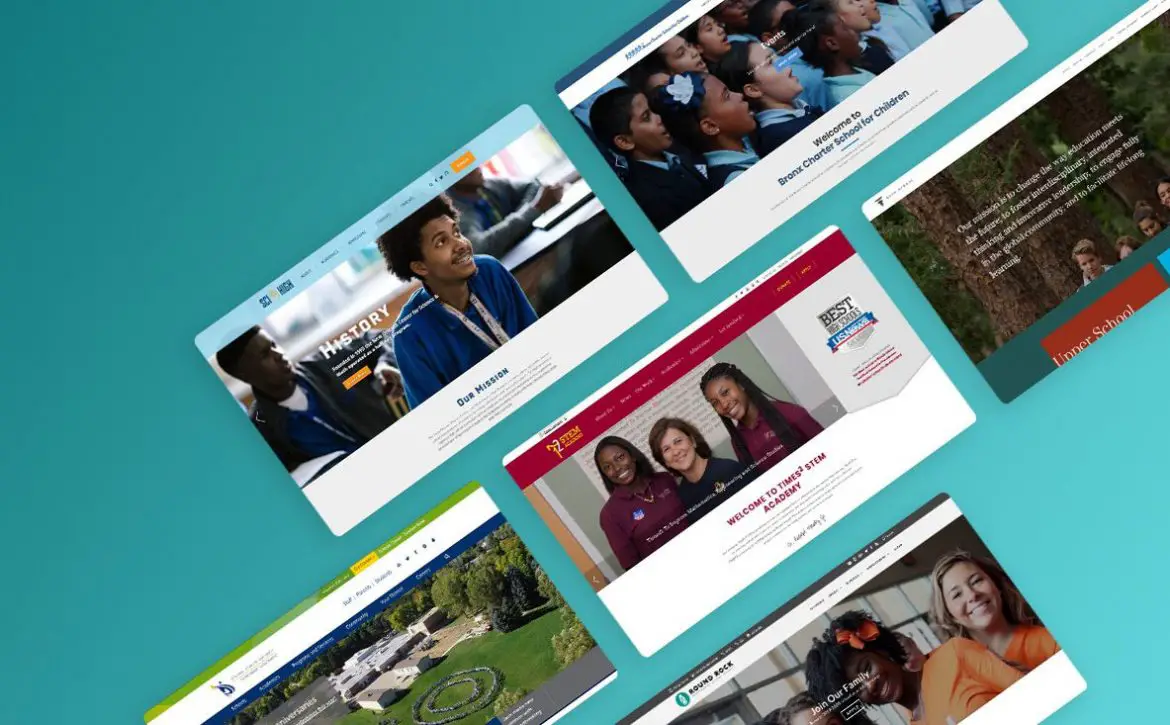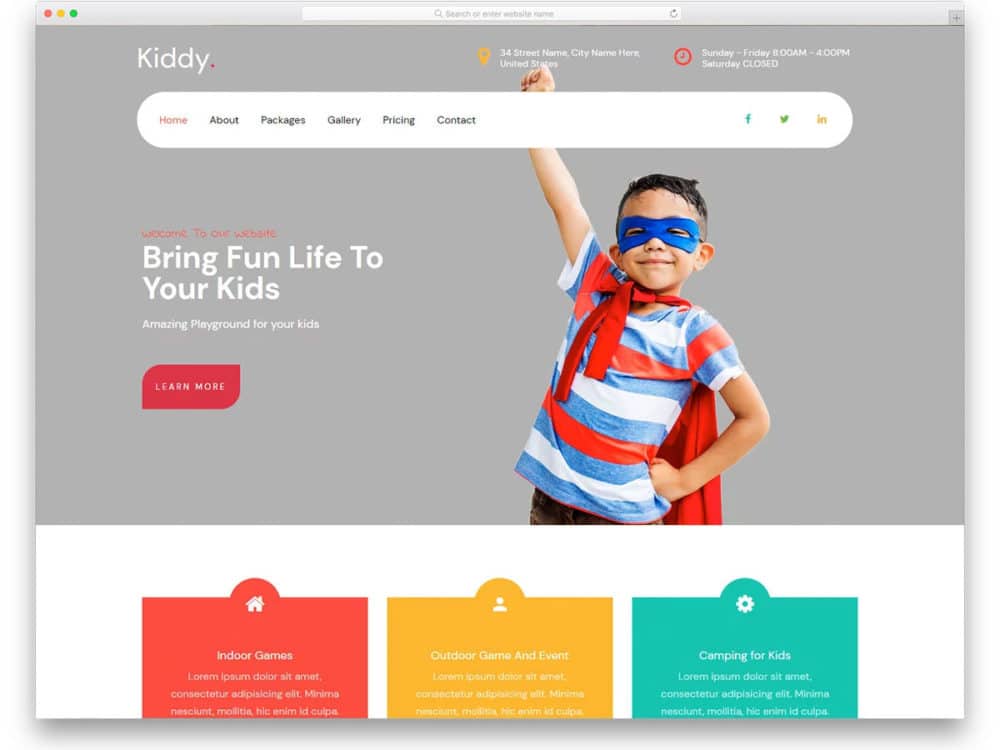Should You Give Up On Your SEO Efforts?
Justified, SEO can sometimes seem like an impossible task. Or even more accurate, a herculean task that yields little to no results. And that can be a bit frustrating. Well, we are about to find if our SEO efforts are really worth the stress, or not. Shall we begin?
1) What is SEO and Why Does Anyone Care?
The term SEO (search engine optimization) refers to a broad variety of actions that can be made to improve a website’s ranking on search engines. If you own a recruiting agency in London, for instance, you would often hire an SEO business in London to handle all of this for you.
The following are some of the actions made by London-based SEO service providers:


– Off-page (off-site) SEO
- Quality work that has been uploaded as guest on other websites
- Social media, such as Facebook, LinkedIn,
- YouTube, Twitter, and Instagram
- Backlinks, which are references to your URL from reputable websites or authoritative blogs.
– On-Page SEO
- Put relevant keywords on your website.
- Internal linking: Referring to page links frequently in your content
- Producing high-quality, audience-specific content that is user-friendly
- Add meta descriptions and title tags to titles and descriptions.
– Technical SEO
- Image optimization: Scale down images to speed up your website.
- SSL Security: Verify the validity of your certificates
- To aid search engines in evaluating your website, add XML and HTML sitemap files to your sitemaps.
- Your website is responsive to the device it is being viewed on.
– Local SEO
- Local directories – Include pertinent local listings for your businesses.
- Ensure that all information is submitted to your “Google My Business” account.
- Local keywords: conduct local keyword research and add additional keywords as necessary.
- Social media: Engage with regional establishments, occasions, and organizations there
- Local Reviews: Interact with your clients and respond to their feedback
2) SEO Complications


Now that you are aware of all that SEO entails, it must seem complicated. And certainly, it may be a lot of work, which is why businesses eager to pay SEO companies in London to handle everything for them have kept them quite busy. However, what if you could do away with all of your need for London SEO services? Then, you wouldn’t have to employ SEO agencies in London to complete the task!
Let’s examine several SEO disadvantages and issues that certain SEO businesses might not be as fast to mention to you:
– SEO is not a quick fix
Working on SEO takes time. Any SEO effort made, is a long-term strategy, in contrast to paid advertisements (Google Ads, sponsored ads, etc.). We’re talking months for a medium-sized business, possibly six months or longer if you’re in a highly competitive sector.
– No quick cuts exist
There are a lot of man-hours that need to be put into SEO, and whether you decide to do the job yourself or hire SEO companies in London to do it for you, the fact that someone will have to put the effort in cannot be avoided. Yes, your SEO efforts are as important as the results. There might be some research required as well, and you’ll probably need to consider keywords, contact partners, and spend time managing your social media.
– Quality Content is King
For the sake of your site’s SEO, you’ll need to produce a ton of high-quality content that will engage your audience and improve your website’s standing with the search engines. Again, you might be able to do part of this on your own, but you might also want the assistance of SEO businesses in London to create videos, translate information into other languages, etc.
– Is your website able to handle the extra traffic?
More visitors may be expected if your SEO efforts are successful, but are you prepared for them? Make sure your servers can handle the load and that you have customer care representatives available to handle the influx of inquiries.
– Greater Brand Awareness
Increased brand recognition must be positive, right? More customers will become aware of you and what you do as a result of your improved exposure. Many companies experience organic growth over time, which allows them the luxury of developing and refining their basic values and goals. Have you put enough effort into developing your brand identity beforehand? Take the time before you hit the “big time” to clearly define who you are, what you do, and why you do it because you really don’t want to have to change your origin story at a later time if you can avoid it. Rebranding is actually quite difficult, so you really don’t want to do it unless you absolutely have to.
3) Conclusions (not illusions, nor delusions)


Here are a few of the reasons why SEO isn’t always cheap and/or simple. Having said all of that, SEO does unquestionably work in 2022, which means that SEO is worth the stress. With a little research and time spent discussing the aforementioned issues with a professional SEO Service provider in Nigeria, you can expect SEO to deliver the results you’re after – as long as you’re willing to wait a little while! Yes, you have to be quite patient.
One last word of caution: be careful when contacting SEO companies in Nigeria. Some of them may make lofty promises, confuse you with technical jargon, and pressure you into buying SEO packages that are inappropriate or even ineffective for your particular business. In order to create a strategy that can be analyzed and modified over time, you should always strive to speak with an SEO provider who is transparent and honest about what you can expect with regard to SEO. There are no second chances with SEO if you blow your marketing budget in one go, so set a budget up front and stick to it. You can always spend more once the results start to show.
In the end, your SEO efforts really matter. Whether yours, or that of your hired SEO agency, SEO efforts are as important as the results. It may take some time for results to show, but remember that delay is not denial.
Need SEO Services, Contact Us TODAY!
That is it, friend! Thank you for reading.



